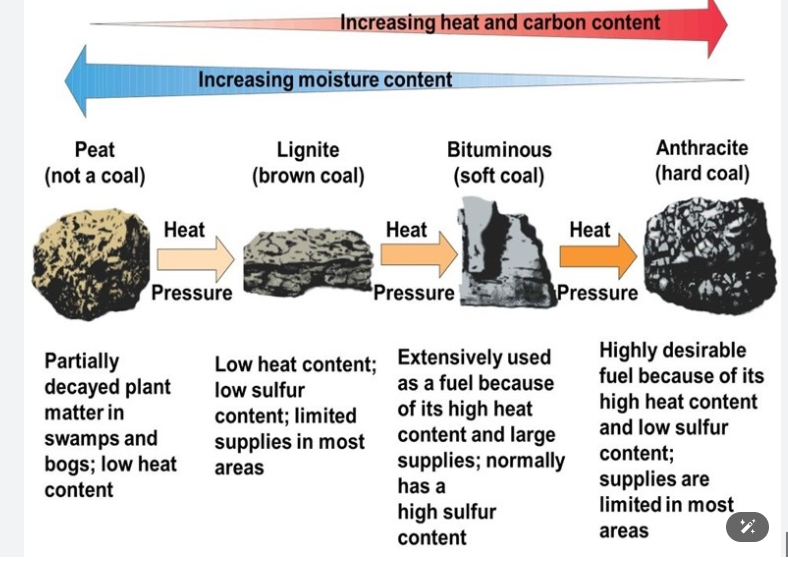Important Facts For Prelims
Impact of Coal Dust on Plants
- 31 Jan 2025
- 4 min read
Why in News?
A study by the University of Southampton and NIT Rourkela found that dust from coal mining harms plants and vegetation by clogging plant stomata and reducing carbon absorption, affecting ecosystem health.
- The dust affects vegetation up to 30 km from the mine, with the highest concentrations found along transportation routes.
How does the Coal Mining Dust Impact the Plants?
- Reduction in Carbon Uptake: Plants with mining dust on their leaves absorb 2-3 grams less carbon per square meter compared to dust-free plants, which could significantly contribute to higher levels of carbon dioxide in the atmosphere, exacerbating global warming over time.
- Impact on Plant Health: The accumulation of dust on leaves obstructs the stomata, which affects photosynthesis and water vapor release.
- This reduction in transpiration can cause plants to overheat, leading to stunted growth, plant death and damage of local ecosystems.
- Respiratory Risks: Open-cast mining causes severe air pollution as dust from blasting, drilling, and transportation disperses, posing serious respiratory risks.
Impact of Coal Dust on Humans
- Respiratory Disorders: Pneumoconiosis (Black Lung Disease), leading to lung scarring and breathing difficulties.
- It also increases the risk of COPD (chronic bronchitis, emphysema), lung cancer.
- Cardiovascular Diseases: Coal dust increases the risk of heart disease, strokes, and arterial blockages by causing inflammation and high blood pressure.
- Neurological & Health Effects: Heavy metals in coal dust can cause neurotoxicity, skin and eye irritation, and reproductive issues, affecting cognitive function and overall health.
Coal
- About:
- Coal is a sedimentary rock that is black or brownish-black in color.
- It is a fossil fuel that is made from the remains of plants that lived millions of years ago.
- Types:
- Production:
- Coal Producing Countries by Ranking (2022): China, India, Indonesia, US and Russia.
- The US has the world's largest proven coal reserves.
- In India: The major coal-producing states are Odisha, Chhattisgarh and Jharkhand, along with parts of Madhya Pradesh, and they account for 75% of domestic raw coal dispatches in India.
- Coal Producing Countries by Ranking (2022): China, India, Indonesia, US and Russia.
UPSC Civil Services Examination Previous Year Question (PYQ)
Prelims
Q. In India, the steel production industry requires the import of (2015)
(a) saltpetre
(b) rock phosphate
(c) coking coal
(d) All of the above
Ans: (c)
Q. Despite having large reserves of coal, why does India import millions of tonnes of coal? (2012)
- It is the policy of India to save its own coal reserves for the future, and import it from other countries for the present use.
- Most of the power plants in India are coal-based and they are not able to get sufficient supplies of coal from within the country
- Steel companies need large quantity of coking coal which has to be imported
Which of the statements given above is/are correct?
(a) 1 only
(b) 2 and 3 only
(c) 1 and 3 only
(d) 1, 2 and 3
Ans: (b)





